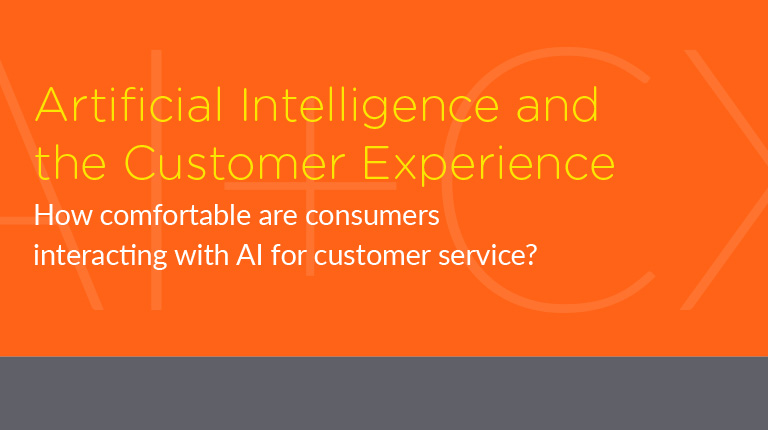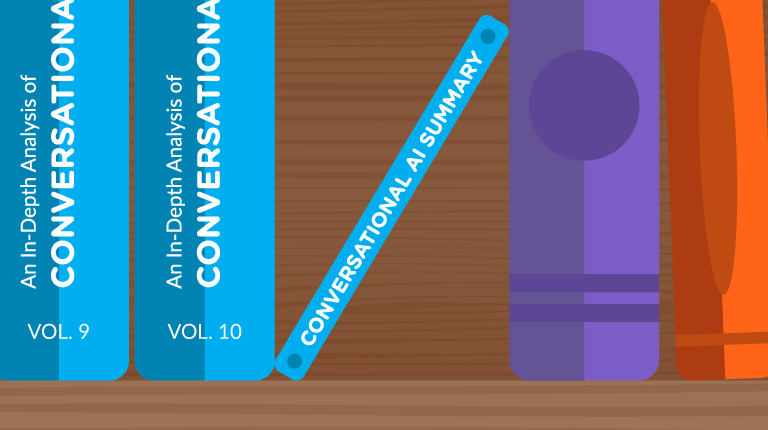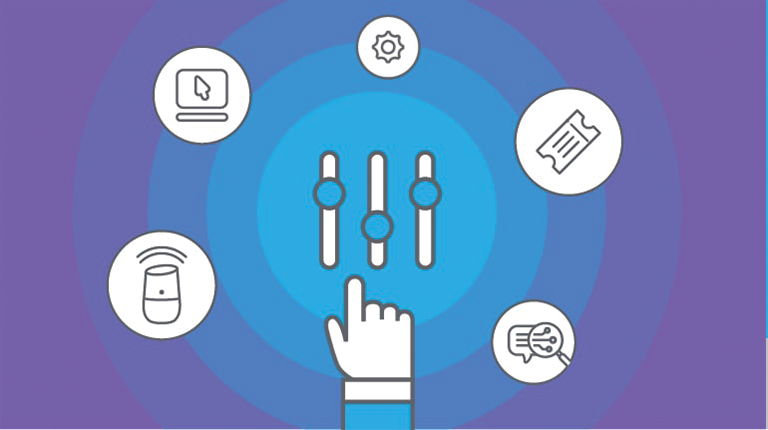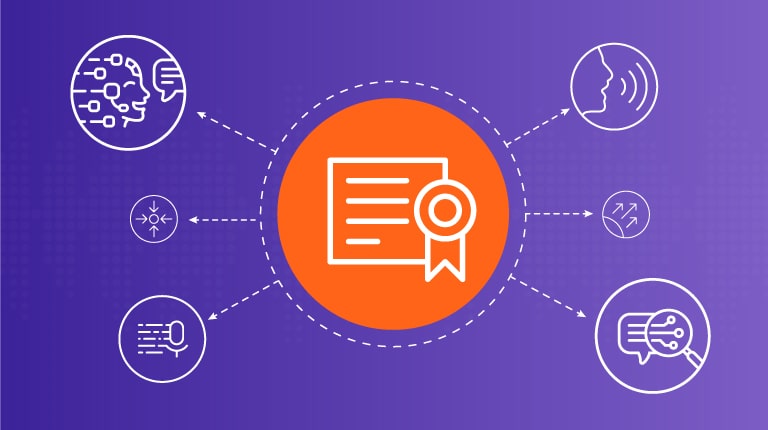“Please hold while we connect your call”
Imagine you misplace your debit card. After a few failed attempts to cancel the missing card on a bank’s website and mobile app, you get rerouted to call their customer service line. You buckle up for a long-winded and frustrating experience because you’ve already made multiple attempts to self-serve. A phone call is your last resort at cancellation and ordering a new card to be shipped.
The pain and frustration associated with poor customer experience in contact centers is all too familiar. We’ve all been there. Hold times that seem to last hours, phone trees that are impossible to navigate, and rigid voice prompts forcing customers to speak like a robot. Just reading those inefficiencies could be enough to get your blood boiling.
This type of experience is detrimental to customer satisfaction for many reasons and engaging with contact centers can be frustrating even without long hold times or robotic prompts. Customers want speed and efficiency, but they also need empathy and understanding.
The good news is that it can be solved, and the solution starts with understanding how customers feel.
The Magic of Emotion Detection
Emotion detection is the process of recognizing a person’s emotional state by detecting indications of certain emotions including anger, confusion, fear, and happiness. It allows contact centers to determine the difference between customers that are confused versus excited, happy versus enthusiastic, and most importantly, extremely frustrated versus indifferent to their experience. Emotion detection allows for the evaluation of a person’s emotion by leveraging models to analyze the ‘energy’ or frequencies of speech.
The use cases and benefits of having emotion detection deployed in a contact center are unlimited. We’ve rounded up the top three:
Treat your customers how they want to be treated.
This type of technology enables businesses to deploy emotion-based customer care. For example, an IVA will be able to determine a customer’s emotions and sentiment and have the ability to respond in the appropriate way. Maybe a customer that is shouting gets routed directly to a customer retention specialist, or a sad customer could receive an extra ‘warm’ prompt at the beginning of a call. A happy and upbeat customer could receive a pitch for a new product release or update, while the pitch is removed for customers that sound frustrated. Using emotion detection, conversations can be tailored and adjusted to fit the exact needs of a particular customer at the time of care, without the customer having to ask. That’s the beauty, and magic, of emotion detection.
More data equals happier customers
Emotion detection is valuable from a data perspective as well. By understanding true emotions and sentiments at each stage in the customer journey, brands will have the capability to determine how their product or service is making people feel at a macro level. They can use emotion detection as a way to determine the flaws in their customer experience strategy, and make course corrections along the way. This type of data is a goldmine for making customer experience improvements, and over time leveraging emotion detection will help in the battle of eliminating frustration.
Improve agent experience, too
Sure, companies and customers alike would benefit greatly from emotion detection, but it also drastically improves how contact center agents perform. Because emotion detection is able to tailor the next prompt delivered to a customer so it suits that particular customer’s sentiment, agents will undoubtedly receive a reduced number of frustrated customers. Additionally, agents will know when they are receiving elated customers, or customers that are confused, and have the ability to react in a way that best suits the needs of the customer. Agent value is elevated while simultaneously improving the customer experience.
Today’s COVID-19 pandemic has brought on a slew of emotions globally. Fear, frustration, confusion, and stress are all too common lately. Now more than ever, customers need to be treated with empathy and understanding, while still receiving the customer care they deserve. Customers are calling brands more frustrated than ever, concerned about closings and cancellations, shipping times, and bill payments. With so much uncertainty, brands must take the emotions of these customers into account.
Travel and hospitality brands have seen an influx of postponements and cancellations. Customers are calling them upset, wondering when and how refunds will be distributed. Utility and Communication Service Providers have seen a surge in usage, now that people are home all day now and need 24/7 availability to support their quarantine needs including working from home and homeschooling. Emotion detection creates an invaluable opportunity for brands to reach each of these customers in an appropriate way without putting a strain on live agents. The upset customer who just cancelled a vacation they were looking forward to will be treated with uplifting prompts, and the customer who is concerned about paying for their wifi bill will be treated with empathy and understanding in a time of crisis. This doesn’t just create an efficient customer experience, it drives customer loyalty for the long term.
Improving customer experience is on the ‘to-do’ list of every decision-maker. As you’d expect, emotion detection can be the hidden advantage for brands on a journey to better understanding what makes their customers tick.





